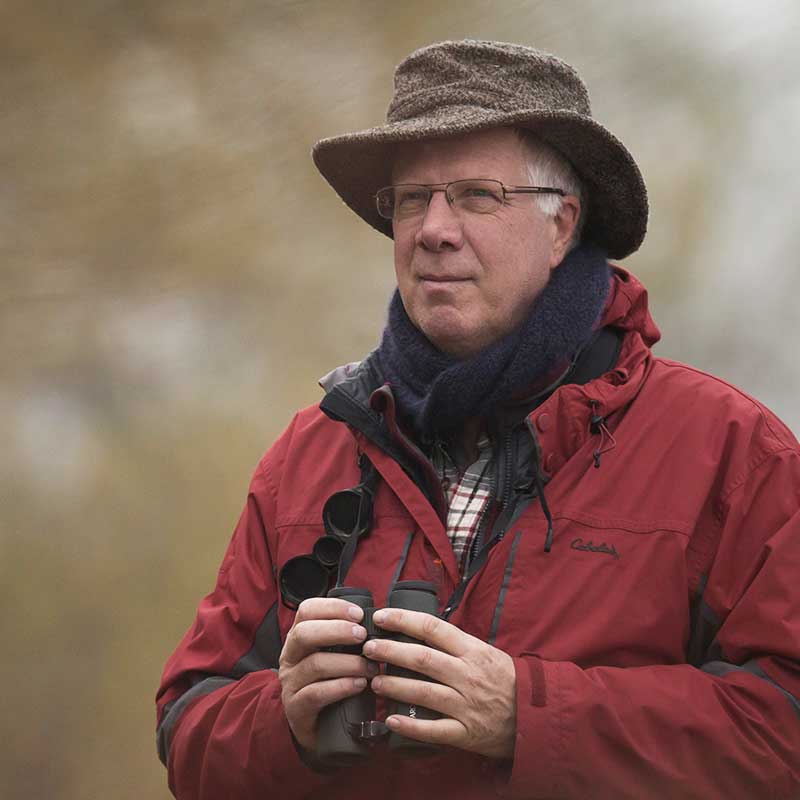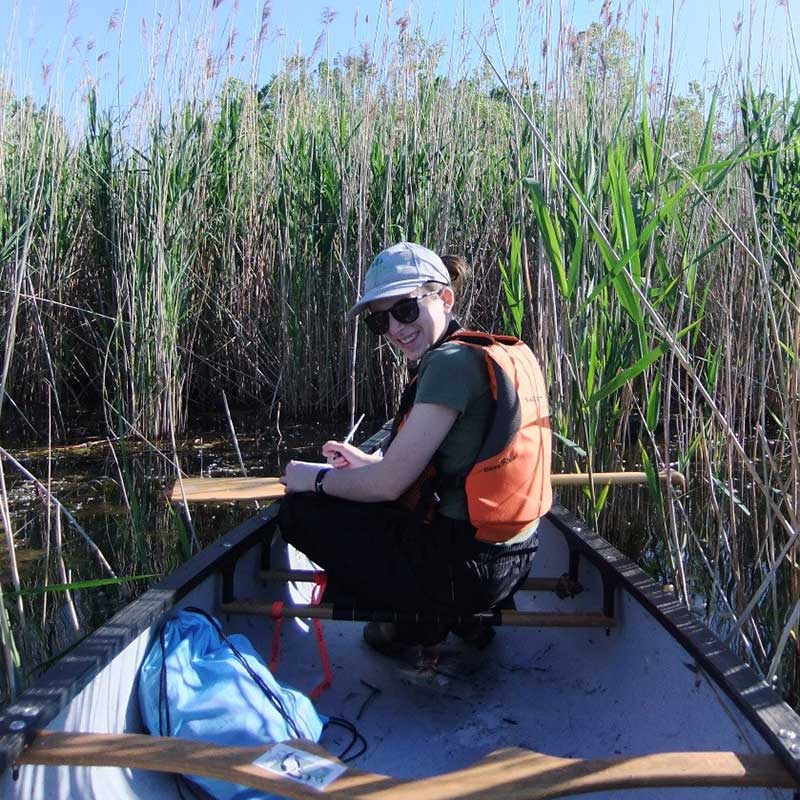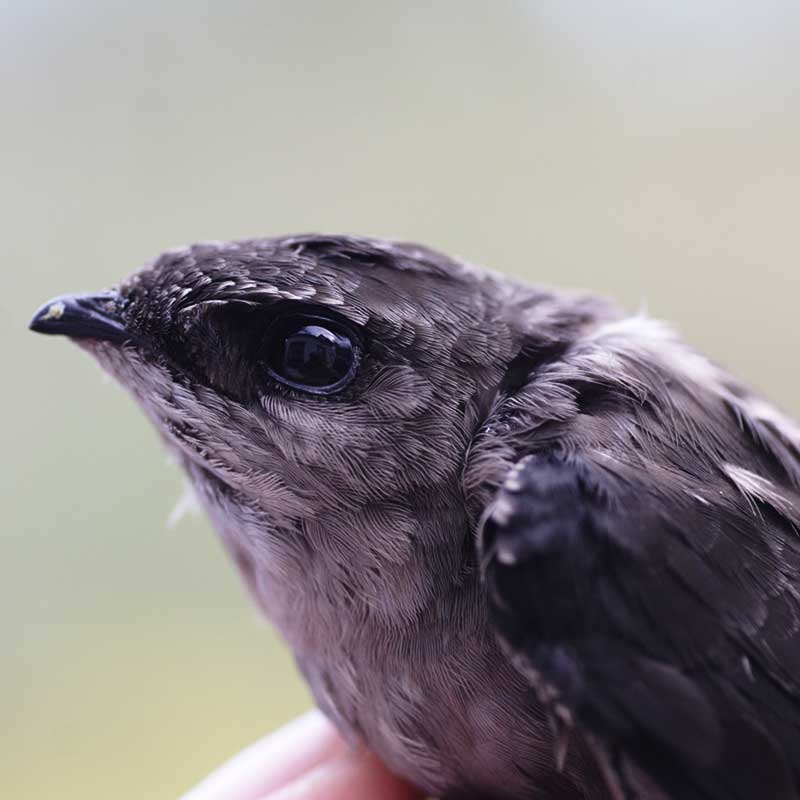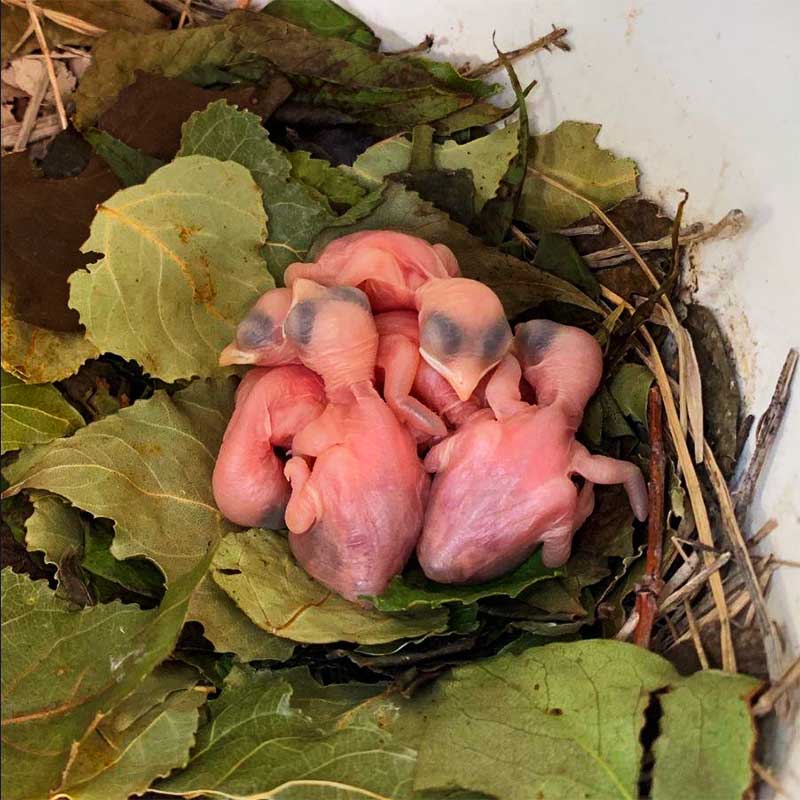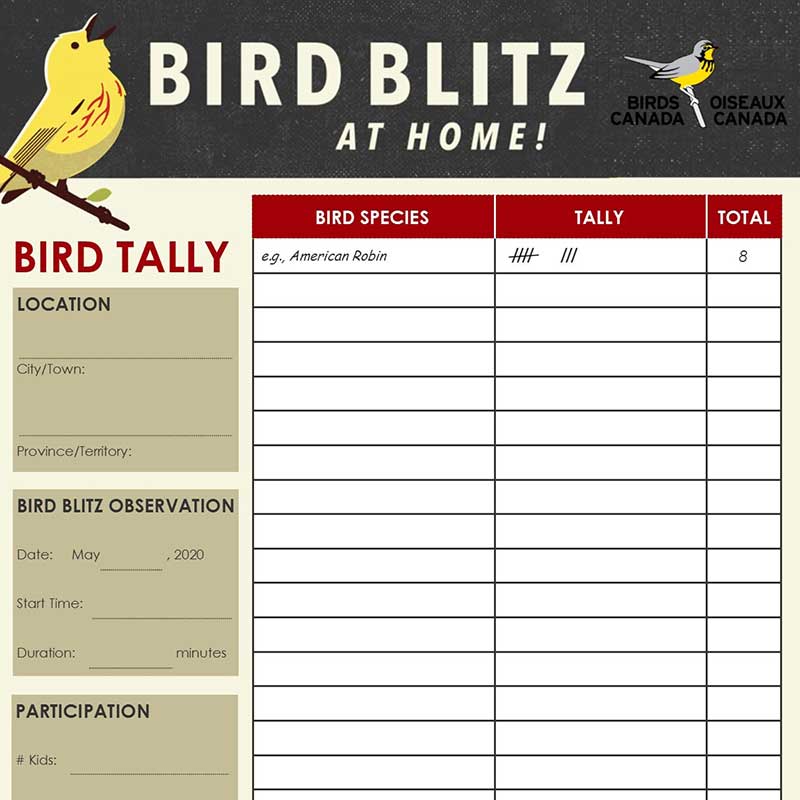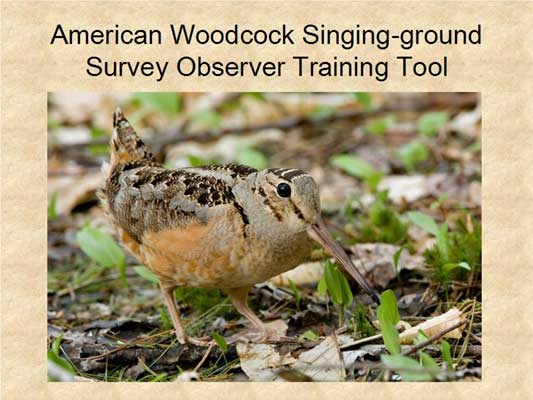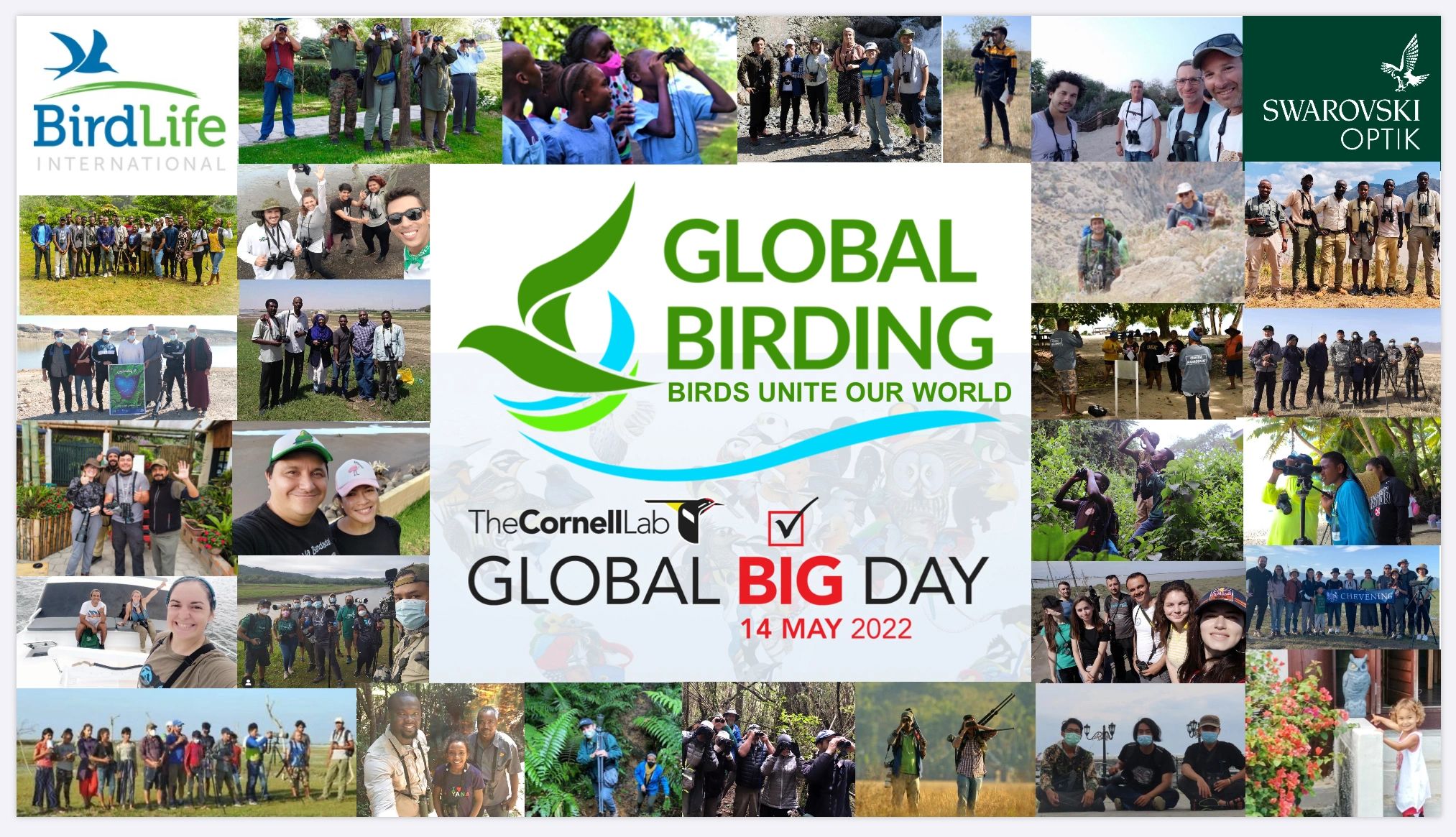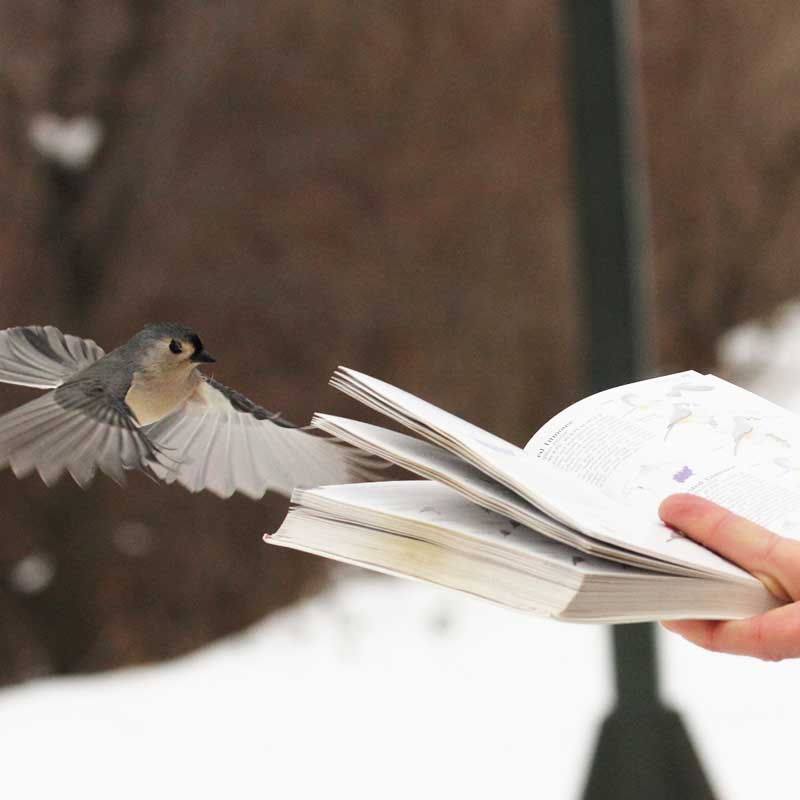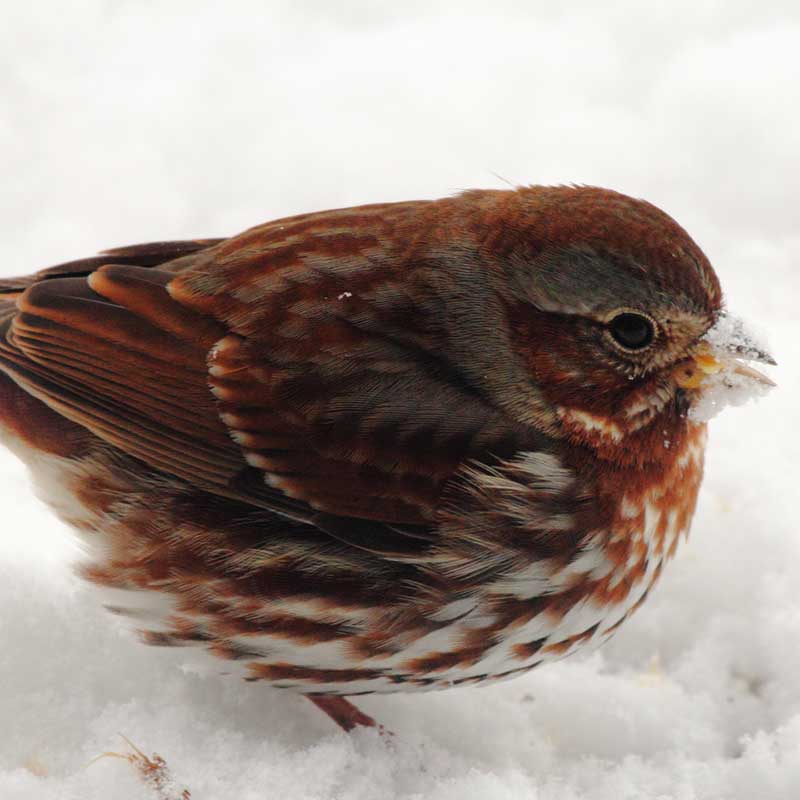Get Involved with Birds
Spring Programs
Great Canadian Birdathon
Formerly known as the Baillie Birdathon, named for James Baillie of the Royal Ontario Museum who was a Pelee Island birding regular, the Great Canadian Birdathon is a year-round birdathon that encourages birders of all ages, abilities and backgrounds take to the trails, meadows and forests to look for birds. You can choose any day and determine the length of your birding adventure. Ask friends, family, neighbours, and colleagues to pledge their support: all funds go to Birds Canada and donors receive a charitable donation receipt. Registered participants get an exclusive Great Canadian Birdathon t-shirt and are eligible to win fantastic prizes. Set your personal Birdathon goals: 10 species? 100? Do you aim to raise $200, $2000? Every dollar helps to protect birds.
Skill Level: No need to be an expert birder; Birds Canada will help you get started
When: Usually May, but flexible
Contact: Register as an individual, join a team or start your own; contact
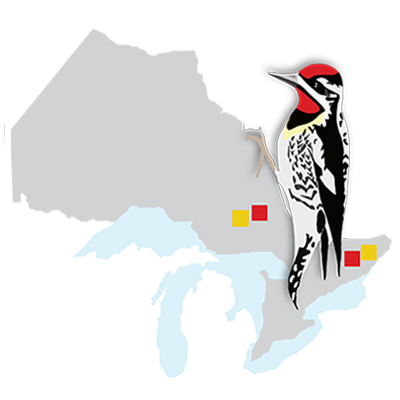
Ontario Breeding Bird Atlas 3 (2021-2025)
Canada’s National Atlas Program is a partnership between Birds Canada, Environment and Climate Change Canada, provincial governments, natural history organizations like the Pelee Island Bird Observatory, and the private sector. National Atlas Program results drive conservation policy, Species at Risk recovery, habitat management and stewardship, land acquisition, and more.
The goal of the Atlas is to map the current distribution and relative abundance of all species of birds breeding within the province over a five-year data collection period: 2021 to 2025. Citizen scientists are encouraged to participate by collecting observations on breeding birds using standardized methods within 10x10km (10-km) atlas squares and submitting that data in a prescribed format. Regional Coordinators organize the volunteers and review the data collected in their respective regions.
Marsh Monitoring Program
The Marsh Monitoring Program (MMP) is a wildlife monitoring program for coastal and inland marshes. MMP volunteers can choose to survey amphibian or bird populations (or both) within a particular wetland. Volunteers spend time outdoors recording information about marsh wildlife and habitat during scheduled spring and summer visits. Survey information helps track long-term trends in species diversity and guides conservation, restoration, and management programs for marshes and their bird and amphibian inhabitants.
Swiftwatch
Historically, Chimney swifts roosted and nested in hollow trees. As Europeans settled North America and cut down forests for farms, nesting trees became increasingly scarce. Swifts adapted to the changing landscape by making their homes in chimneys and were soon thriving in cities as well as rural areas.
Today Chimney swifts face new challenges as chimneys are capped or torn down, older buildings are demolished, and new architectural designs offer few nesting sites for Chimney Swifts. Other factors such as severe weather events, pesticide use, and changes in insect abundance may also be affecting swifts. Since 1970, the Canadian population has declined by almost 90%.
Through SwiftWatch, volunteers are filling critical information gaps and addressing key threats. Birds Canada and partner organizations are working with schools, homeowners, building managers, chimney sweeps, and townships to maintain and protect these sites for our upstairs neighbours.
Swifts and Swallows
In an effort to conserve swifts and swallows and their habitats across the country, Birds Canada is attempting to address knowledge gaps and identify high-priority sites for Chimney Swifts, Barn Swallows, Bank Swallows, Cliff Swallows, Northern Rough-winged Swallows, Tree Swallows, and Purple Martins.
You can help by sharing casual observations, detailed nest reports, or roost site information. Birds Canada collects data about these insectivores through Swiftwatch, Presence/Absence Surveys, and Project Nestwatch.
Skill Level: All skill levels
When: Spring to fall
Contact: See Swifts and Swallows for links to Project Nestwatch, Report a Sighting, and Submit Your Data.
Schoolyard/Home Bird Blitz
Explore the birds near you and participate in Bird Blitz at school or home anytime during the month of May. It’s fun for all ages, participating is easy, and your observations help scientists monitor Canada’s birds.
Birds Canada provides everything you’ll need: a downloadable Bird ID Guide, Tally Sheet, and a tutorial on how to get started. Then choose a day and get out and count your birds, taking note of the size, shape, colours and patterns, songs and calls, and unique behaviours and habitats of the birds. Watch for as little as 15 minutes—every bit helps! Submit your observations and explore the birds that other home bird-blitzers have seen around the province and across the country.
American Woodcock Singing-Ground Survey
Dedicated volunteers spend one spring evening surveying a designated roadside route. During these straightforward surveys, runners stop at pre-assigned points and tally all American Woodcocks they hear.
The AWS is a U.S. Fish and Wildlife Service program, delivered in Ontario by its partners Birds Canada, Environment and Climate Change Canada, and the Ontario Ministry of Natural Resources. Reports are submitted immediately through the U.S. Fish and Wildlife Service data entry website. The results are published at the USFWS Annual Report website and through the Migratory Bird Data Center website
Global Big Day
Supported by BirdLife International, Cornell Ornithology Lab, and Swarovski Optiks, the Global Big Day is an annual celebration under the slogan “Birds Unite Our World.” Participating is easy—you can count birds as part of a team or be part of Global Big Day from your own backyard.
Global Big Day coincides with World Migratory Bird Day —May 14, 2022. If you can spare even a few minutes, report your bird observations to eBird online or using the free eBird Mobile app. If you have more time, submit checklists of birds throughout the day. During the day, follow along with sightings from almost 200 countries in real-time on the Global Big Day website.
In 2021, 4 records were broken! Worldwide, over 50,000 participants in 192 countries reported 7,234 species, and during the day, the 1 billionth record was submitted to eBird.
Skill Level: Any skill level
When: May 14, 2022
Contact: Sign up through eBird
Summer Programs
Breeding Bird Survey
The North American Breeding Bird Survey (BBS) is the primary source of long-term bird population trends across the continent. It keeps scientists and wildlife managers informed of significant changes in breeding bird populations. Through this valuable program, volunteers have been tracking bird population trends across the continent for 50 years.
Skilled observers survey pre-determined BBS routes during one day per year between May 28 and July 7. Volunteers must be able to confidently identify all the birds along the route by sight and/or sound, and able to survey that route for several consecutive years. BBS lists available route here
Skill Level: Advanced
When: Between May 28 and July 7, 2022
Contact: To sign up for an Ontario BBS route, contact Ontario BBS Coordinator Natasha Barlow at nbarlow AT birdscanada.org
Winter Programs
Christmas Bird Count
Started in 1900, the Christmas Bird Count is North America’s longest-running Citizen Science project. Counts happen in over 2,000 localities throughout the Western Hemisphere.
Each Christmas Bird Count is conducted on a single day between December 14 and January 5. Counts take place within a 24-km diameter circle that stays the same, year to year. The results are used daily by conservation biologists and naturalists to assess the population trends and distribution of birds.
First, find a count near you. Then, contact your compiler to find out how you can participate. For Pelee Island, contact Sumiko Onishi, below.
Christmas Bird Count for Kids
Inspired by the well-loved, traditional Christmas Bird Count, the CBC4Kids engages new generations of young birders across Canada. Findings are submitted through an online checklist and reported to Nature Counts and eBird Canada, where they can be used in scientific research.
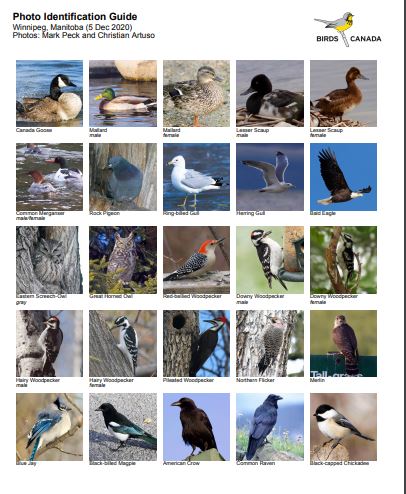
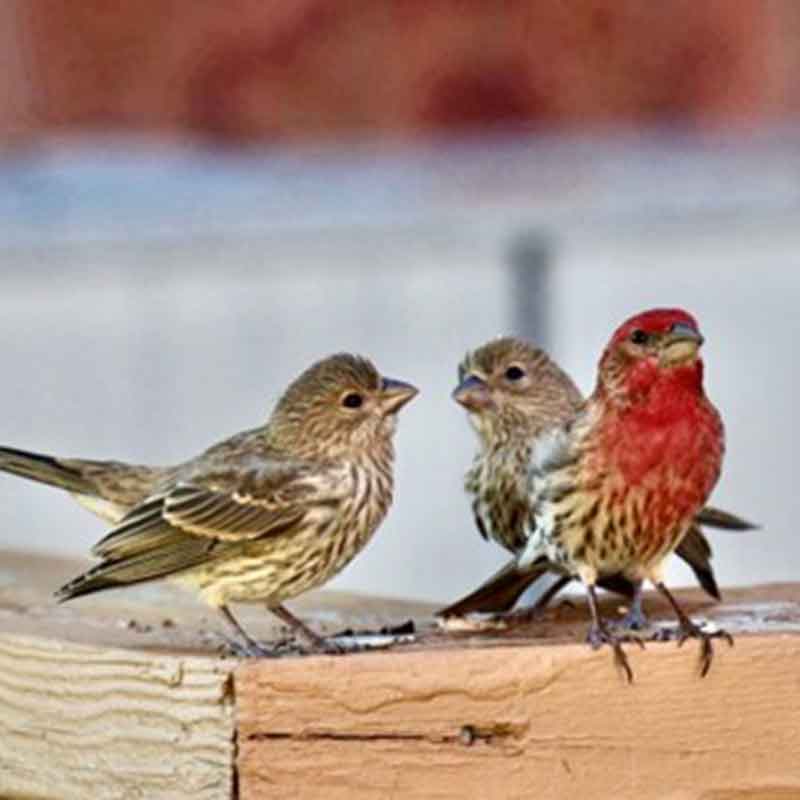
Fox sparrow in snow | Photo by Mike VA Burrell
The Great Backyard Bird Count – Feb 13-16, 2026
The annual Great Backyard Bird Count is being held this year from February 14 to 17. A joint annual event sponsored by Cornell University, Audubon, and Birds Canada, in which participants make a note of the birds in their backyards, and communicate the data to Cornell.
Participants decide where they want to observe, for example their backyard bird feeder, watch the feeder for 15 minutes at least once over the four days of the Count, record the species and the number of individuals seen or heard within each species, and upload those numbers to their eBird Mobile App or enter their bird list on the eBird website on their laptops. For more information or to download the eBird app, go to birdcount.org

